If you live in Zone 8, we've got some fantastic news for you. Your region is absolutely perfect for a butterfly garden, thanks to its temperate climate and diverse plant life.
First things first, let's get one thing straight: butterflies are not just beautiful; they're beneficial!

They play a significant role in pollination, meaning your garden will be more vibrant and productive with these fluttering friends around. Plus, they're a joy to watch!
Creating a butterfly garden isn't as tricky as it might sound. Here's a simple step-by-step guide to get you started.
1. Choose the Right Spot
Butterflies are cold-blooded creatures, and they need the sun to warm up their bodies for flying.
That's why you should choose a sunny spot in your garden, preferably one that gets at least 6 hours of sunlight each day.

This will also help your plants grow, as most butterfly-attracting plants need lots of sunlight.
A place protected from strong winds is a plus, as butterflies aren't big fans of blustery conditions. A windbreak like a fence, hedge, or row of trees can provide the necessary shelter.
2. Provide Water and Shelter
Butterflies require more than just food. They also need water and shelter. A shallow dish filled with small stones and water can serve as a perfect drinking spot for butterflies.
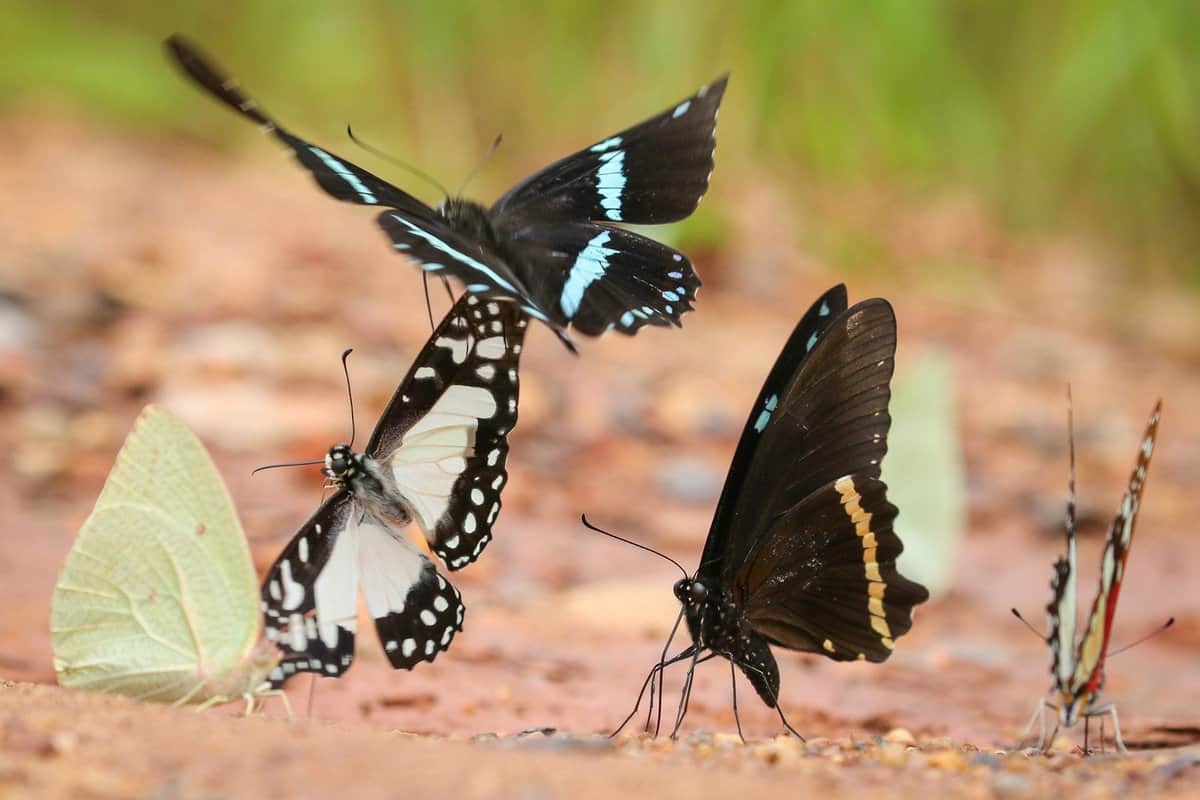
The stones allow them to land and drink safely. Make sure to regularly refill the dish, especially during dry periods.
Shelter-wise, consider leaving some areas of your garden a little wild with piles of leaves or twigs. These offer great hiding places and potential overwintering sites.
You can also incorporate butterfly houses or dense shrubs where butterflies can roost at night and take shelter from bad weather.
3. Avoid Pesticides
Pesticides are harmful to all insects, including butterflies. Instead, embrace the ecosystem you're creating and let nature handle the pest control.

Remember, some insects are beneficial to your garden too! They can be natural predators of pests that might harm your plants.
If you do need to manage pests, consider using natural methods or organic products that won't harm butterflies and other beneficial insects.
4. Add Variety to Your Garden
Different species of butterflies have different preferences when it comes to nectar, so including a wide range of plants in your garden will help attract a diverse butterfly population.

Aim to have a mix of plants that bloom at different times to provide a continuous food supply. In addition to nectar plants, consider including host plants where butterflies can lay their eggs and caterpillars can feed.
Pick the Perfect Plants
Now, what plants should you include in your Zone 8 butterfly garden? Here are some top picks:
1. Phlox
Phlox has clusters of red, pink, lavender, orange, or white blooms throughout the summer.
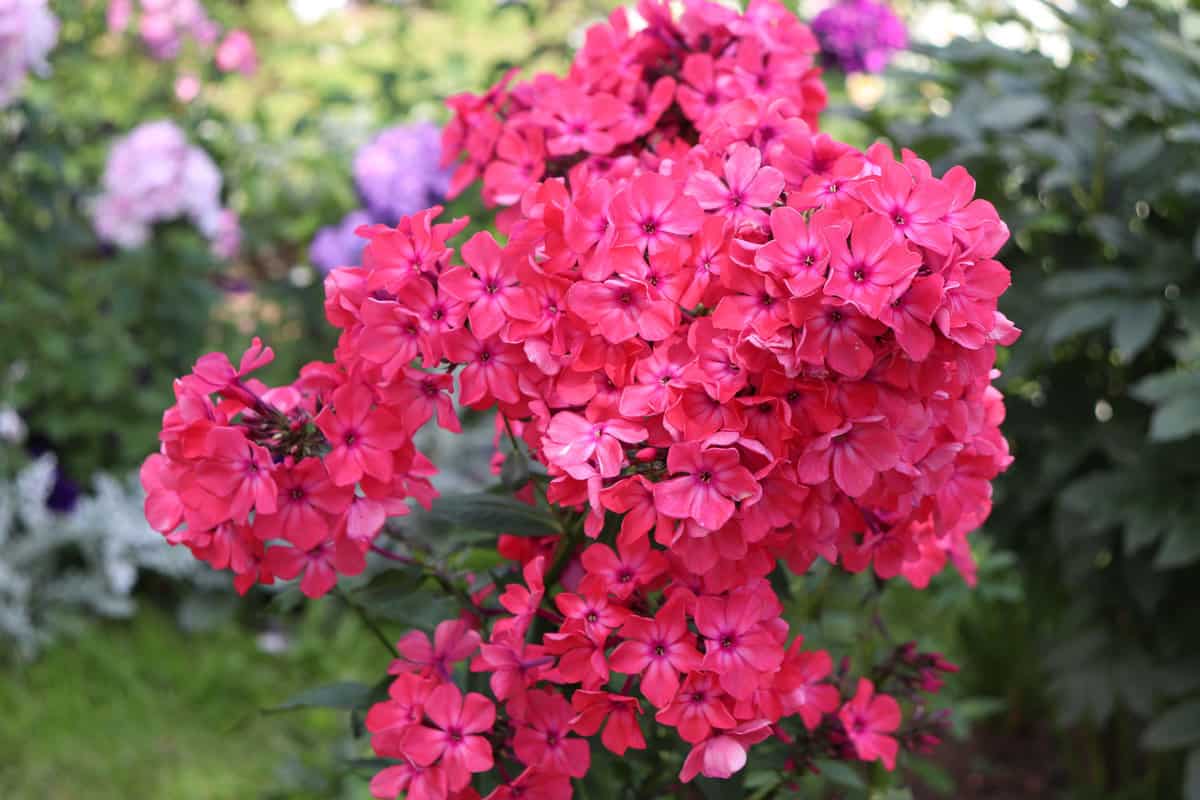
Phlox is a nectar-rich buffet for butterflies; the intoxicating scent is sure to invite a multitude of hungry butterflies to your garden.
2. Aster
Asters are a feast for the eyes and butterflies in the fall, presenting a profusion of blue, purple, pink, red, and white flowers.

Not only do they offer nectar for fall butterflies, but they also provide sustenance for Pearl Crescent caterpillars.
3. Purple Coneflower
Purple coneflower is an all-summer bloomer that can withstand heat and drought.
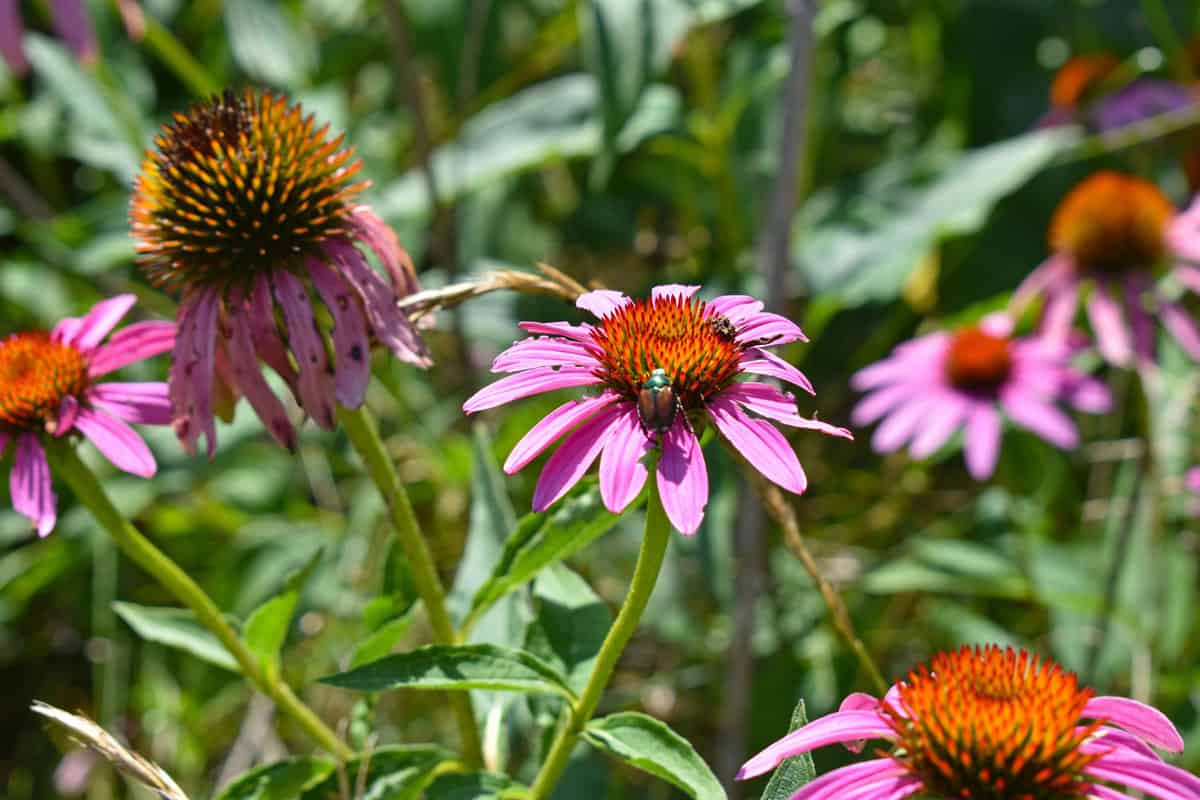
Its nectar is a favorite amongst a wide range of butterflies. With these plants in your garden, butterflies will be frequent visitors!
4. Salvia
There's a salvia for every garden; some tall, others short. Some have blue or purple blooms, and others have red, orange, or pink flowers. Butterflies reliably flock to it every summer.
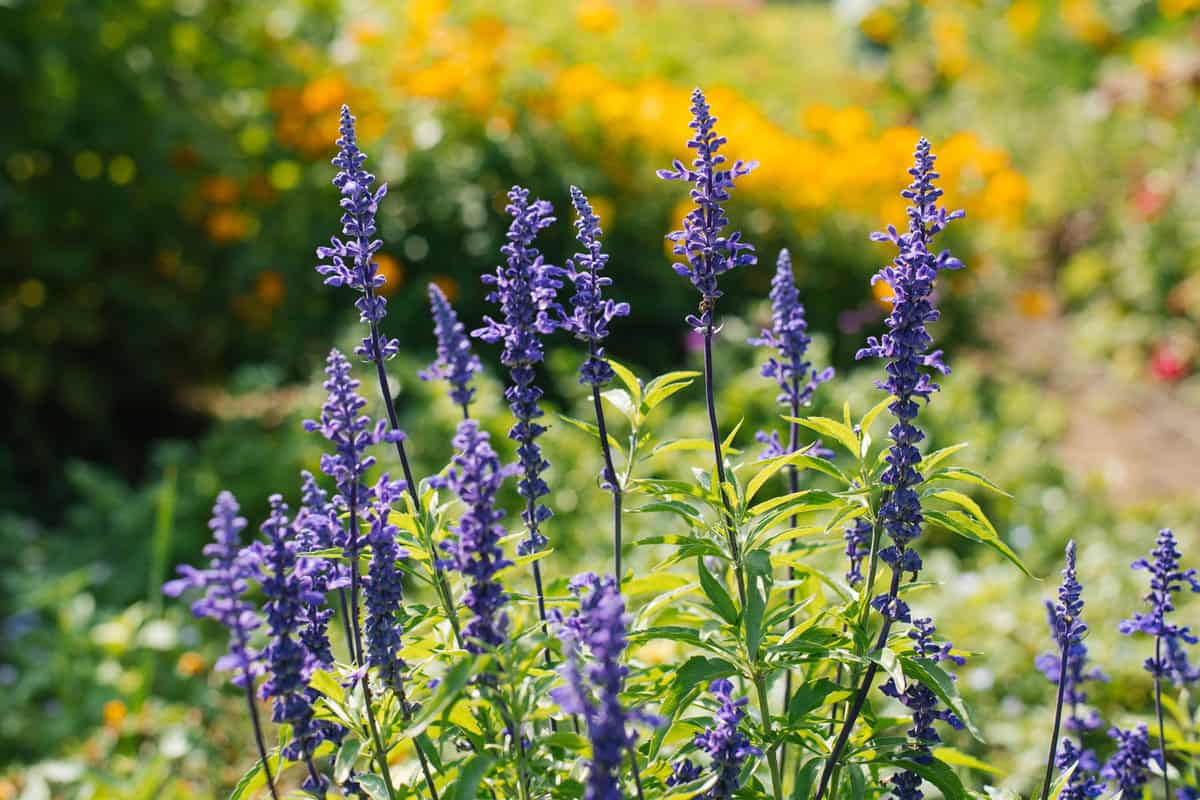
5. Lantana
Lantana's myriad of colors, including lavender, pink, red, orange, yellow, cream, and white, bloom throughout the summer.
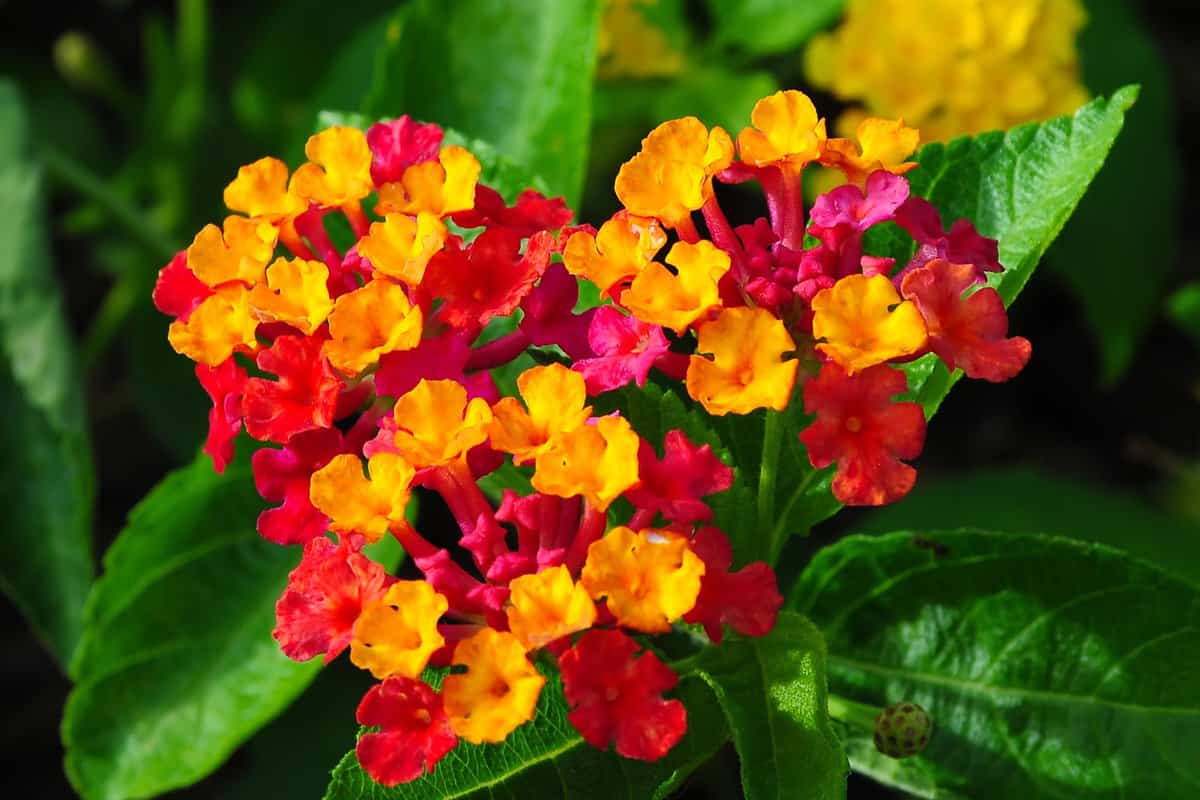
Pair it with Zinnia for an endless stream of visiting butterflies.
6. Pentas
This all-around garden champion bears clusters of star-shaped blooms in bright shades of pink, red, and white.
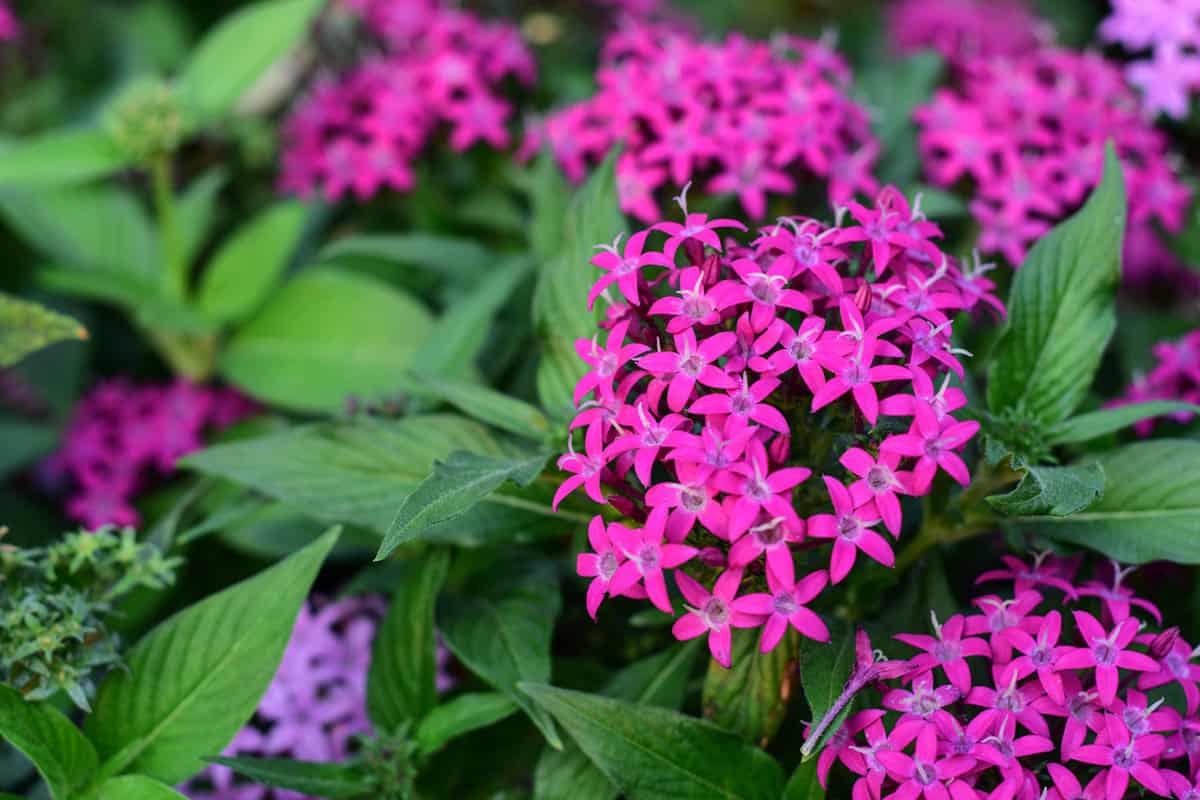
It loves hot conditions, holds up to drought pretty well, and is a sure bet for attracting butterflies and hummingbirds in need of a snack!
7. Butterfly Bush
Often covered in butterflies throughout the summer, the Butterfly Bush is an easy-care shrub with fragrant flowers that come in shades of blue, purple, and white.
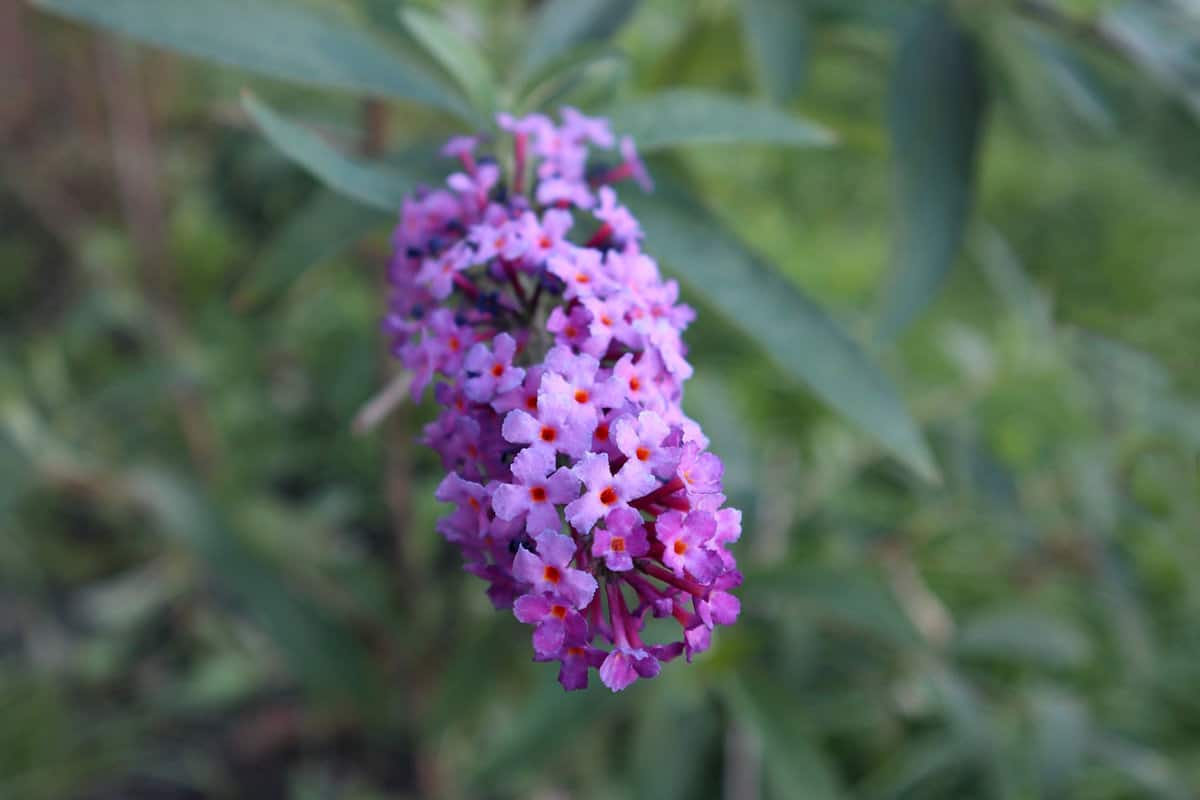
It creates a lively atmosphere in your garden, attracting a variety of butterflies with its nectar-rich flowers.
8. Zinnia
A versatile and popular flower that blooms in a wide range of colors, Zinnias are loved by both gardeners and butterflies!
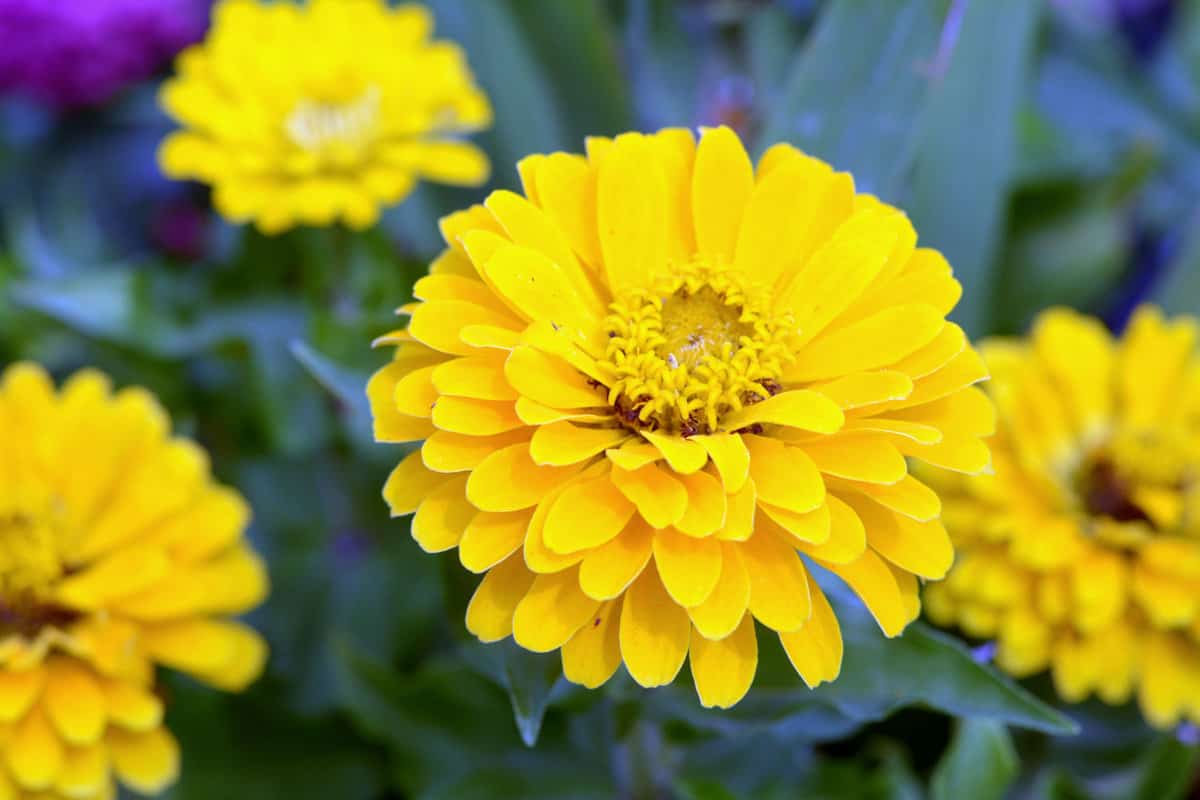
Transforming Your Zone 8 Garden into a Butterfly Paradise
Living in Zone 8 provides you with a fantastic opportunity to create a stunning garden that will act as a magnet for butterflies!
Butterflies love the sun, so your first step is to identify a sun-soaked spot in your garden that gets plenty of daylight.
Butterflies also need a safe place to hydrate, so consider adding a shallow dish filled with small stones and water.
Remember, while pesticides may rid your garden of unwanted pests, they are also harmful to butterflies. Instead, let the natural ecosystem do its job or use organic products.
Butterflies are attracted to a wide variety of plants, and having a mix of plants that bloom at different times will ensure a constant food supply for these beautiful insects!
Read more:
Do Marigolds Attract Bees & Butterflies [Yes! Tips For Planting In Your Yard]
